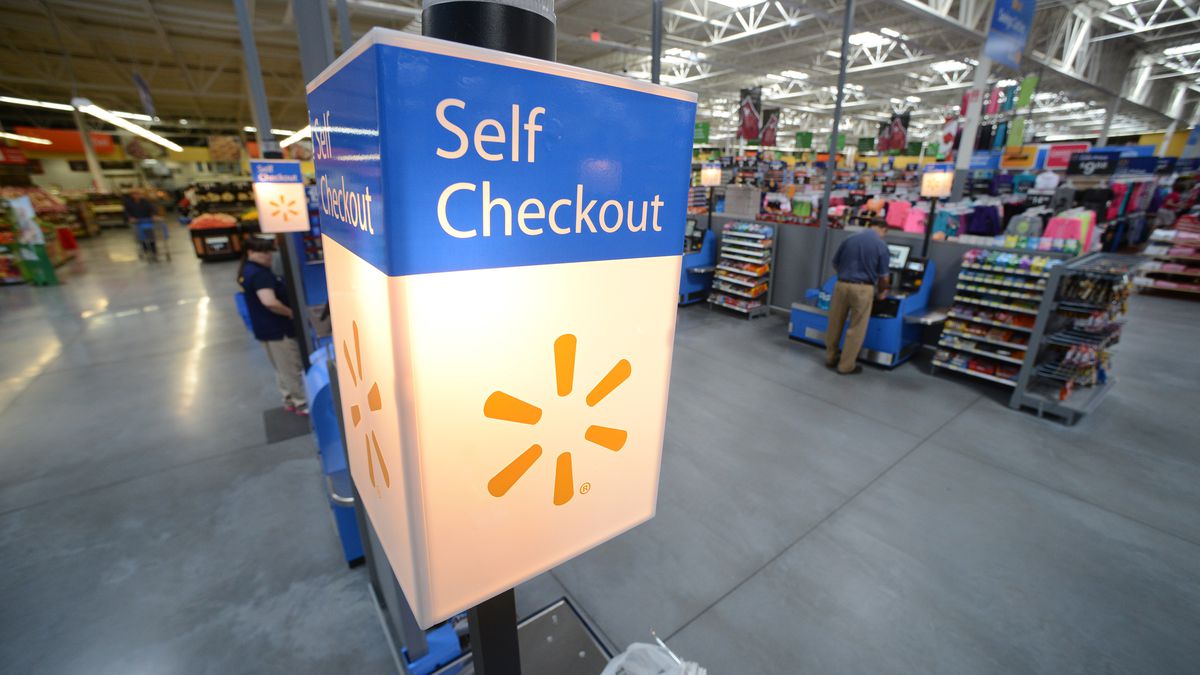Listeners:
Top listeners:
00:00
00:00
volume_up
chevron_left
-
 play_arrow
play_arrow
Enc96radio The only station that plays the best indie hip hop in the Carolinas
-
play_arrow
CG93Radio CG93Radio - Holy Hip Hop - Gospel
-
 play_arrow
play_arrow
Techno Radio Top Music Radio
-
 play_arrow
play_arrow
9 Wings Podcast Willy B x Big Buji
The Rise of Self-Checkout Systems: Transforming the ENC’s Retail Experience

share
close
In recent years, an increasing number of retail stores have embraced self-checkout systems as a means of revolutionizing the traditional shopping experience. These automated systems, designed to allow customers to scan and pay for their purchases independently, have gained popularity for their efficiency, convenience, and potential cost savings. In this blog post, we will explore the reasons behind the adoption of self-checkout systems, their impact on both retailers and customers and the potential challenges they may pose.

Retail stores are increasingly adopting self-checkout systems for several reasons. Here are a few key factors driving this shift:
- Efficiency and Speed: Self-checkout systems allow customers to scan and pay for their items independently, reducing the need for long queues at traditional cashier lanes. This leads to quicker transaction times and improved overall shopping experiences, especially for customers with only a few items.
- Cost Reduction: By implementing self-checkout systems, retailers can potentially reduce labor costs associated with hiring and training cashiers. With fewer employees needed to operate traditional cash registers, retailers can allocate resources to other areas of the store or invest in additional customer service initiatives.
- Convenience and Empowerment: Self-checkout systems provide customers with greater control and convenience during the checkout process. Shoppers who prefer a more self-directed experience appreciate the ability to scan and pay for their items without relying on cashier assistance. It can also be empowering for customers to have the freedom to handle their transactions independently.
- Enhanced Customer Service: By implementing self-checkout systems, retailers can allocate their staff to focus more on providing personalized customer service and addressing specific customer needs. Store employees can assist customers with product inquiries, offer recommendations, and address any concerns, thereby enhancing the overall shopping experience.
- Technology Advancements: Advances in technology, such as improved barcode scanners and intuitive touch-screen interfaces, have made self-checkout systems more user-friendly and efficient. These systems can now handle various payment methods, including cash, credit cards, and mobile payments, providing flexibility for customers.

While self-checkout systems offer various advantages, there are also some potential fails and drawbacks that retailers should consider:
- Technical Challenges: Self-checkout systems rely on technology, and like any technological solution, they can encounter technical issues. Malfunctions, system errors, or connectivity problems can lead to delays, frustration, and inconvenience for both customers and store staff.
- Increased Theft and Fraud Risks: Self-checkout systems may present opportunities for theft and fraud. Some customers may intentionally or inadvertently fail to scan or mis-scan items, leading to a loss of revenue for the retailer. Adequate security measures, such as surveillance cameras and staff monitoring, need to be in place to mitigate these risks.
- Customer Support and Assistance: Self-checkout systems require a certain level of technical competency from customers. Not everyone may be comfortable or familiar with using these systems, especially older or less tech-savvy individuals. Retailers need to provide sufficient customer support and assistance to ensure smooth operation and address any issues that arise.
- Impersonal Shopping Experience: For customers who value human interaction and personalized service, self-checkout systems may feel impersonal. Some shoppers appreciate the social aspect of interacting with cashiers and receiving assistance or recommendations during the checkout process. Retailers need to strike a balance between self-checkout options and maintaining adequate staffed checkout lanes to cater to different customer preferences.
- Potential Job Losses: The implementation of self-checkout systems can result in reduced demand for traditional cashier roles, potentially leading to job losses for employees. This can have an impact on the workforce and may require retailers to provide retraining or alternative employment opportunities for affected staff members.
- Limited Handling of Complex Transactions: Self-checkout systems may not be suitable for all types of transactions. Items that require age verification, product weighing, or specialized handling (e.g., fragile items) may still require staff assistance. Retailers need to ensure that self-checkout systems are well-equipped to handle a wide range of customer needs.
It's important for retailers to carefully assess these potential fails and drawbacks and implement strategies to mitigate them effectively. A balance between self-checkout systems and traditional cashier lanes, along with proper staff training and customer support, can help maximize the benefits while minimizing the challenges associated with self-checkout implementations.

Self-checkout systems have become an integral part of the evolving retail landscape, offering efficiency, convenience, and empowerment to customers while providing cost savings and enhanced customer service opportunities for retailers. By carefully addressing challenges and ensuring a balance between self-checkout and traditional cashier lanes, retailers can create a shopping environment that caters to various customer preferences. As technology continues to advance, we can expect self-checkout systems to further transform the retail experience, offering greater convenience and personalized interactions for shoppers around the world.
Written by: ENC96Radio
Rate it

